The Hypersonic Weapons Race | How it works? Dear friends & viewers in today’s article, we will talk about The Hypersonic Weapons Race | How it works? in which you people will be aware of the amazing information of “The Hypersonic Weapons Race | How it works?”. After reading this material if you have any problem than you can mail us for discussion regarding this stuff.
Introduction:
Basically, hypersonic weapons represent a paradigm shift in warfare, providing unparalleled speed and maneuverability that tests traditional defense measures. Operating at speeds more than Mach 5, these cutting-edge weapons have the potential to change the dynamics of future battles. This technical leap is more than just about velocity; it involves a complex interplay of aerodynamics, propulsion, and materials science. As a matter of fact, nations compete to develop and deploy hypersonic capabilities, knowing how they work becomes critical. This introduction goes into the complexities of the Hypersonic Weapons Race, revealing the physics and techniques of these futuristic weapons that blur the distinction between science fiction and military reality.
The Hypersonic Weapons Race | How it works? Detail:
What are hypersonic weapons? Hypersonic weapons are move five times faster than the speed of sound. Five times the speed of sound is roughly 4000 miles per hour at that speed the hypersonic weapon could travel between New York and Beijing in about 1 hour and 40 minutes. Some weapons could travel even faster up to about 20 times the speed of sound.
According to James M. Acton, who is the coordinator of the Nuclear Policy Program, says that hypersonic missiles are nothing new China, Russia, and the United States have had them for years. Ballistic missiles move at high speeds but conventional missile arrows are on track after its rockets burn like an arrow after release. They cannot change course what’s different with the new crop of hypersonic weapons isn’t speed by itself.
It’s the combination of speed and maneuverability over long ranges. How do hypersonic weapons work?
Types of Ballistic Missiles:
Three basic types of ballistic missiles are using by many countries in the world.
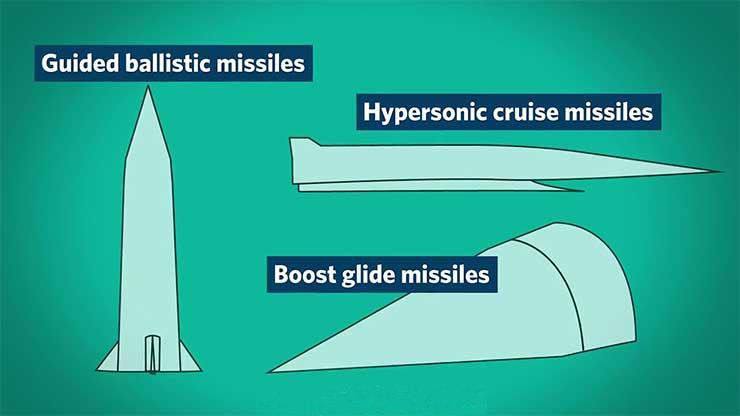
1. Guided Ballistic Missiles:
The Guided ballistic missiles are like normal plastic missiles but the re-entry vehicle carries the warhead back into the atmosphere. After the rocket has shot through it like a steering wing attached to direct it toward its target.
2. Boost Glide Missiles:
The Boost glide weapons or missiles are propelled to great speeds by rockets just like ballistic missiles, but rather than arcing high above the atmosphere as ballistic missiles do. Gliders re-enter the atmosphere shortly after launch. They rely on lifting air to stay afloat for thousands of miles without having to use an engine. The basic idea is like a hang glider.
3. Hypersonic Cruise Missiles:
The Hypersonic cruise missiles are powered throughout their flight to keep flying at such great speeds over long distances. They need special scramjet engines. The speed of the missiles itself forces air into the engine, where it combusts at supersonic speeds. Hypersonic cruise missiles are still in the works China Russia and the United States are all researching them.
But only one country Russia appears to be close to deploying one circle which reportedly has a short range of about 300 miles. However, guided ballistic missiles and boosts glide missiles have now been deployed while new types appear to be close to deployment. Now the question is, who has? what let’s look at Russia first Russia’s Avangard is a long-range boost glided missile?
Russian Kinzhal Ballistic Missile:
Its glider like Leary enters the atmosphere at around 20 times the speed of sound and design to deliver nuclear warheads against the United States. Russia also has many ballistic missiles that can do this Kinzhal is a guided ballistic missile launched from an aircraft it probably travels at less than half the speed of a vanguard and has a reported range of around 1,200 miles. Russian President Vladimir Putin has stated that it can carry on nuclear or a conventional warhead.
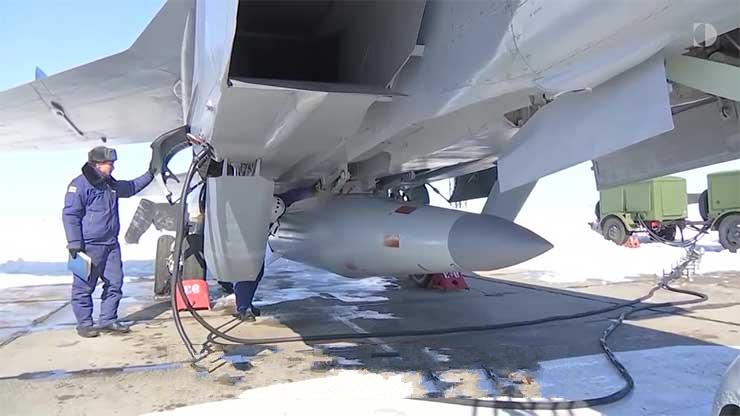
Chinses Hypersonic Missiles:
Next up, China has several guided ballistic missiles. It is farthest reaching is the DF-26 which can travel about 2,500 miles and likely re-enters the atmosphere faster than ten times the speed of sound like Russian skins, all it can reportedly carry either a nuclear or a conventional warhead. China also has a new boost-glide missile the DF-17 which it showed off in a military parade in October 2019. It’s not clear whether this missile has been deployed, but if it hasn’t yet it probably will be soon the DF-17 carries a glider and has a range of between 1100 to 1550 miles it can reportedly be armed with a nuclear or Convention warhead.
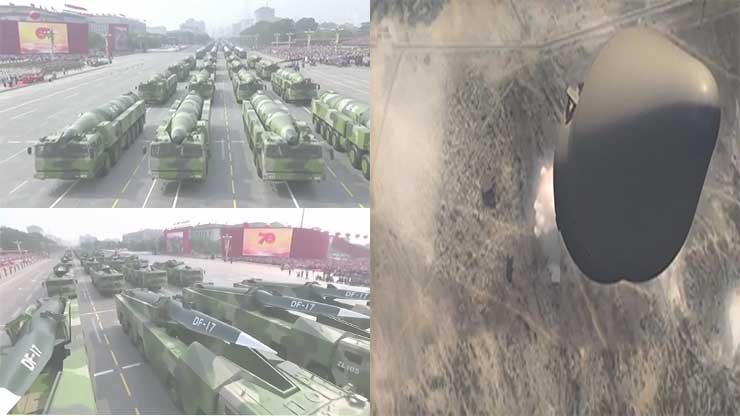
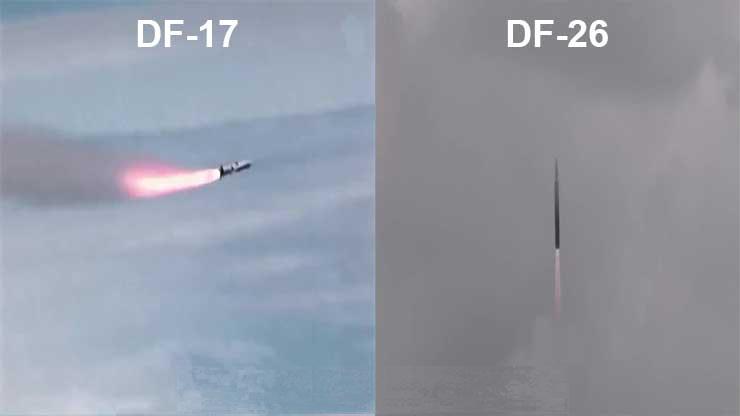
US Ballistic Weapon Technology:
Now the question is what about the United States? So far, it has not deployed any maneuverable hypersonic weapons for much of the last two decades The United States is focused on improving its ability to carry out routine quick strikes to do this and its efforts are focused on building boost-glide missiles. The None nuclear warheads over many thousands of miles making sure that weapons of such long ranges are accurate enough to be effective even without much more powerful nuclear warheads.
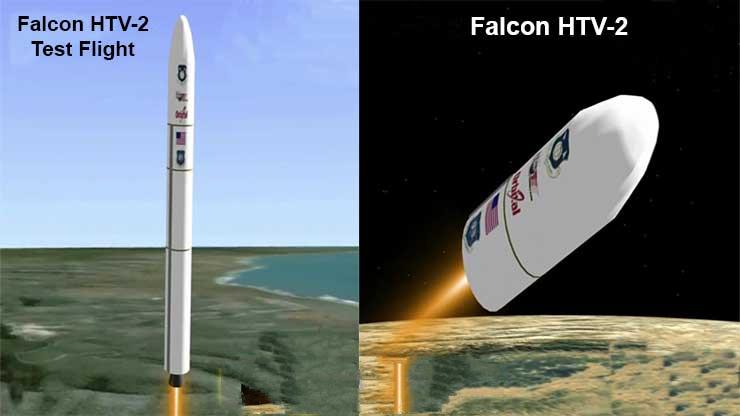
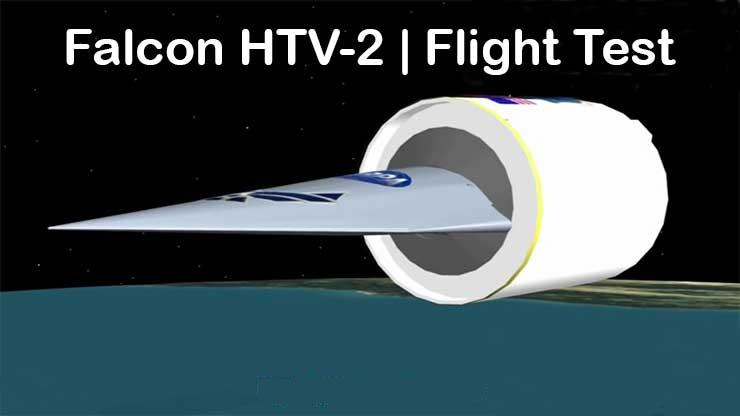
Outlining the daunting technical challenges however, the United States has made significant progress including the successful testing of hypersonic glider over 2400 miles in November 2011. So, the United States falling behind well not really although the United States hasn’t yet deployed a maneuverable hypersonic weapon. Its program is in many ways more sophisticated than either China’s or Russia’s. Recently, the Previous administration of US President Donald Trump decided to deploy a hypersonic weapon as quickly as possible, and to make that happen the United States is now focusing on shorter-range systems that are less technically demanding than longer-range ones and those efforts are likely to lead the United States to deploy hypersonic weapons within the next few years. A three-way arms race is now well underway.
Conclusion:
We hope you people would like and enjoy this amazing information about the “Hypersonic Weapons Race | How it works?” If you have any difficulty regarding this written stuff then you must tell in the comment box or can also contact me on my following email.
Thanks For Reading !
Acknowledgment:
A special thanks to carnegieendowment, Wikipedia and Google which helped me in collecting the relevant data.



